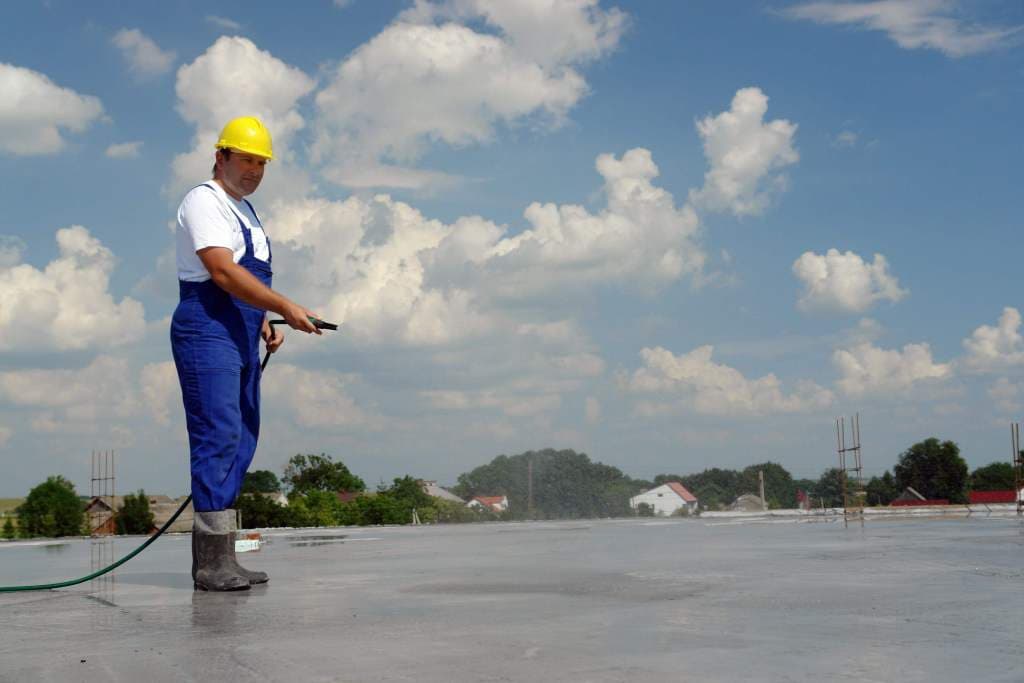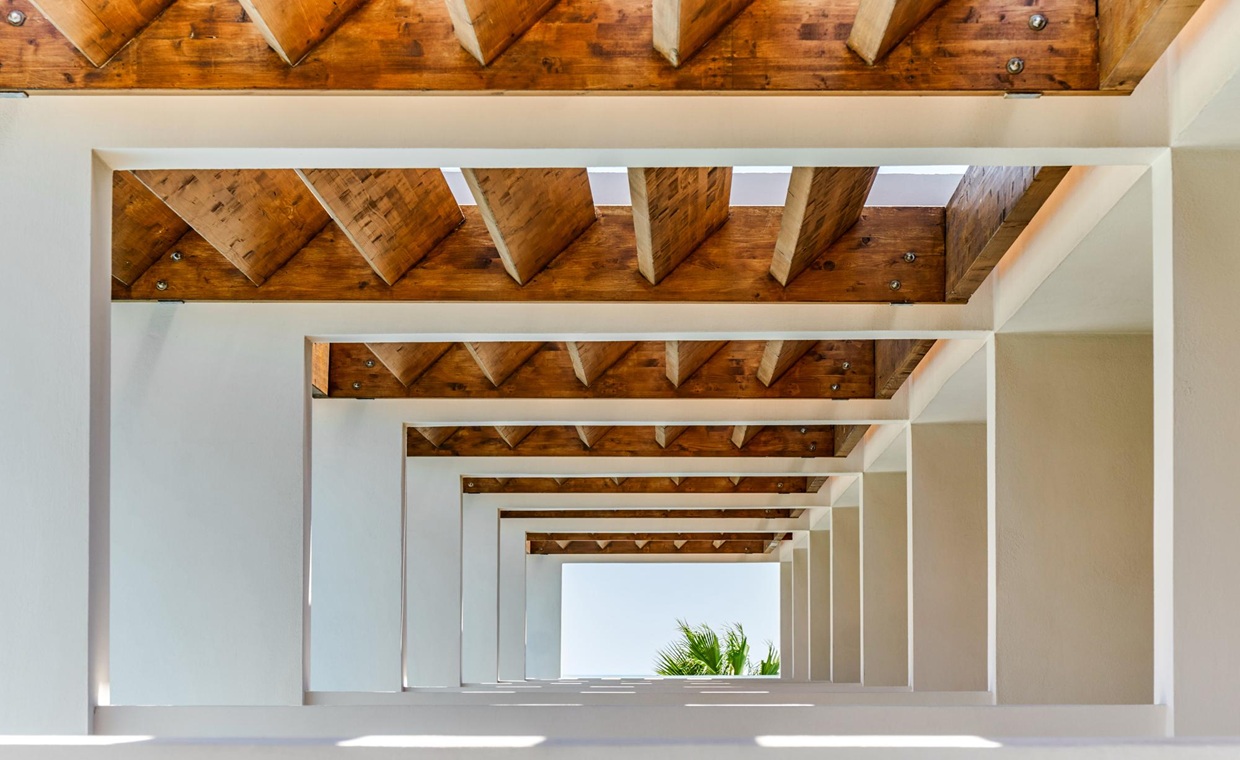
Curing of concrete is the last and one of the most important activities required to be taken in the process of concrete construction. This last step plays a very significant role in concrete performance and needs the full and minute attention of the persons involved in construction and those involved with quality assurance.
The Role of Water in Concrete:
One should know the actual role of water in concrete.Unfortunately, people add more water while making concrete and use less water after concreting. Actually, it should be a reverse. Curing is not the mere process of maintaining moisture on the concrete surface, but it helps to gain strength of concrete properly. Curing of concrete is the process of maintaining moisture in the concrete to ensure an uninterrupted hydration with a definite period to replenish the loss of moisture and to maintain favourable temperature for hydration process. In brief, the process of keeping the concrete moist to enable it to gain full strength is called curing. It is because of the process of hydration; the cement achieves its strength and binding properties. If this chemical process does not take place, it will remain a mix without any binding property i.e. without strength.
There should be sufficient water available in concrete so that the chemical reaction takes place between water and cement called “Hydration”. Because of hydration process, heat is generated called heat of hydration. Therefore, temperature increases inside the concrete and water evaporate from the concrete and concrete becomes dry. The object of curing is to control the temperature inside the concrete, continuing hydration process and to prevent dryness of concrete.It is necessary that sufficient quantity of water should be available in concrete till attains its full strength.
How Long Concrete should be Cured?
Generally, people cure the concrete for 7 to 15 days after casting of concrete. But, this is not good practice. Here we give you the answer for “How long concrete should be cured?”
The curing period of concrete is most important to keep going the hydration process of cement with water until concrete gets the maximum compressive strength. Hydration is a continuous process in concrete. The cement rarely ever gets fully hydrated and the full benefit of the total strength of cement will thereafter never be obtained. Concrete gains maximum compressive strength within 28 days after placing of concrete and after 28 days compressive strength of concrete continues to increase for a long period of time but slowly. So, the minimum curing period for concrete should be 10 to 14 days.
Since cement hydration is more rapid in first few days after fresh concrete is placed, it is important that enough water is retained within the concrete mass during this period. This can be achieved by either reducing the evaporation losses or by replenishing the water continuously on concrete surfaces for an adequate period.
Concrete in its early life needs to be taken care as parents take care of their newborn baby. If concrete is not nurtured properly by carrying out required curing or protected against the wind and extreme ambient conditions, then the structure will lose its strength, durability and its performance will be far below the required level. In other words, it will behave like a child born weak. Therefore, if you do not cure your concrete adequately, you will have to endure its poor performance throughout its lifetime. Practically you are losing that structure for the lifetime.
Curing has a strong influence on all properties of concrete and therefore it should not be taken lightly. Properly cured concrete has better surface hardness and can better withstand surface wear and abrasion apart from the basic strength.
Curing also makes concrete more impermeable, which prevents moisture and water-borne chemicals from entering into the concrete, thereby increasing durability and service life.
Proper curing helps to prevent crazing, dusting, surface disintegration and scaling.Adequate curing reduces shrinkage, gives better resistance to wear and improves long-term appearance.
Without proper curing, the chemical process of hydration is not complete. Without proper curing, you will never be able to get the designed strength of concrete and please note that this is a loss of strength for a lifetime and there is no easy alternative to strengthen such poorly cured weak concrete. So always be careful and cure with care.
Also Read:
Different Concrete Curing Methods
Why is Water Requirements Higher for Curing rather than Making Concrete?






























